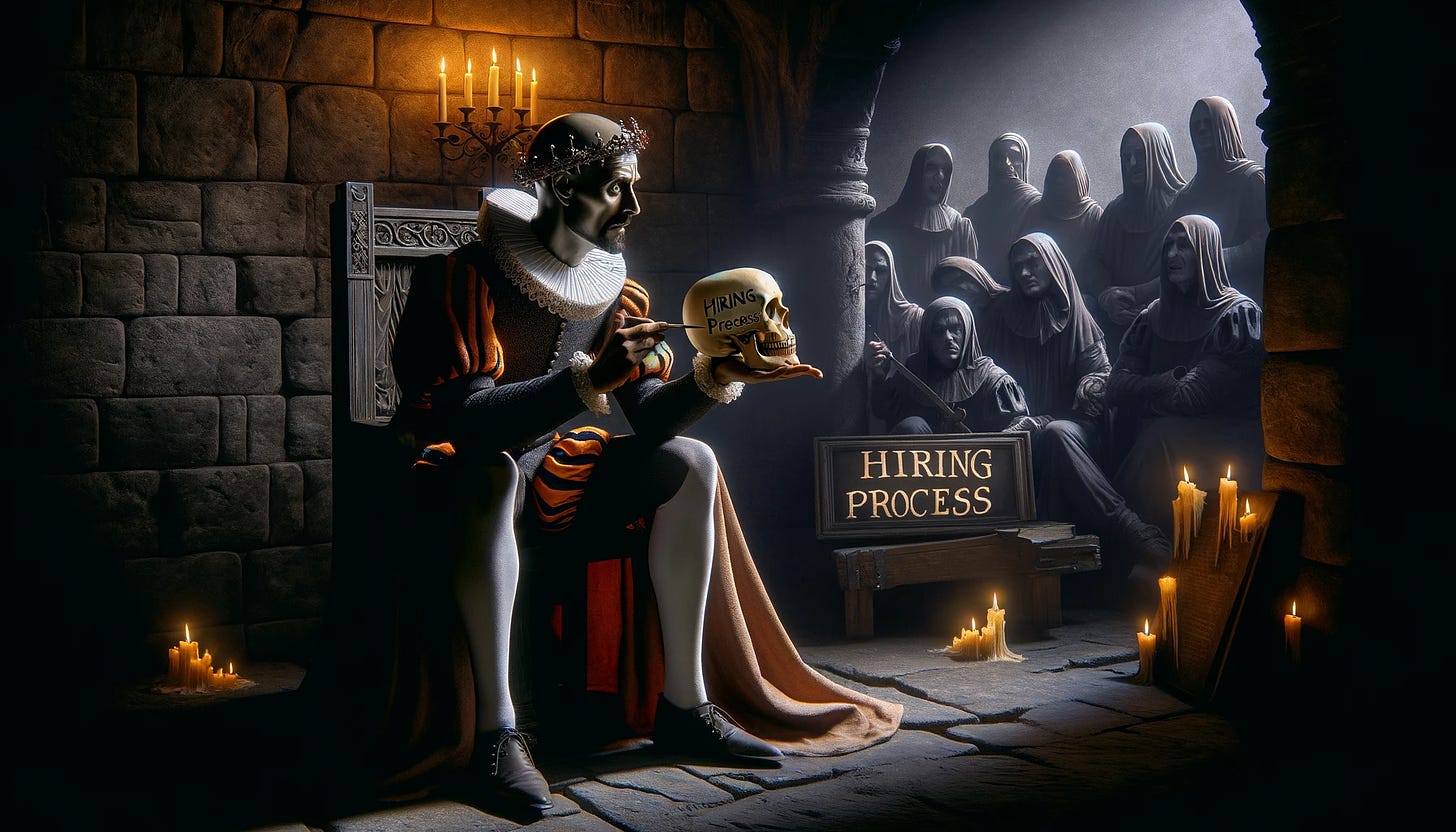In today’s rapidly changing world, talent acquisition has become a challenging puzzle for many corporate and staffing leaders. Traditional processes used to rely heavily on time-consuming interviews, extensive background checks, and a myriad of other steps to ensure the right hire. This convoluted process often left companies in a bind and failed to deliver the desired results. Moreover, it inadvertently paved the way to an environment where hiring professionals are more afraid of making a mistake than innovating for better outcomes. However, as technology has advanced, these perspectives are shifting, and a new approach is emerging that takes the candidate experience to heart while delivering results more efficiently.
Let’s consider an all-too-common scenario many talent acquisition leaders will relate to. Jane, the HR manager in a fast-growing tech company, spends countless hours scheduling and conducting interviews. Despite her best efforts, she still finds that a considerable percentage of hires fail to meet expectations and aren’t the right fit for the company’s culture. The processes seem too complex and lack the precision needed to bring on-board the right talent.
Enter the world of automation and artificial intelligence. It’s no longer a fantasy – hiring processes are now enhanced with AI and machine learning. Studies show that 67% of hiring managers and recruiters say AI helps save time, and companies using AI for hiring have reported a 18% reduction in the number of unqualified applicants. This new approach integrates data-driven decision making, automating repetitive tasks, creating personalized candidate experiences, and re-engaging past applicants.
The conversation amongst industry leaders is changing. Business leaders are beginning to question the traditional ‘hire or fire’ mindset, suggesting a switch to ‘prove or fire’, in order to develop more diverse and efficient teams. More emphasis is being placed on the candidate’s ability to prove their skill-set and fit for the company rather than investing in an increasingly complicated hiring process. The goal? Minimize the fear of making a hiring mistake.
In the ‘prove or fire’ system, recruitment is less about assuming whether a candidate will deliver based upon a series of structured interviews and more about giving them a chance to actually deliver. Talent leaders are less invested in making a ‘perfect’ hire and more concentrated on exploring the candidate’s potential, delivering a positive candidate experience and curating a diverse team.
Efficient recruitment solutions also include a shift towards structured interviews. Structured interviews, with the aid of technology, can contribute to a better hiring decision. According to a research study by Schmidt and Hunter (1998), structured interviews had a 26% predictive validity on job performance, proving that as we implement technology and structure in our hiring processes, we can make more confident decisions.
Furthermore, AI-enabled platforms can optimize job advertising, behavioural targeting, and even budget allocation, all while delivering personalized candidate experiences. This approach not only increases productivity but also reduces the time and resources expended on each hire.
We need to be vigilant in these trying times, not to further complicate our hiring practices, but to streamline them with the use of innovation, and technology. The goal is simple – hire efficiently, hire smart, and don’t be afraid to make a mistake.
Remember – with average time to hire now pushing 44 days in 2023 with costs running into many thousands of $$, perhaps its better to hire fast and fire fast?

